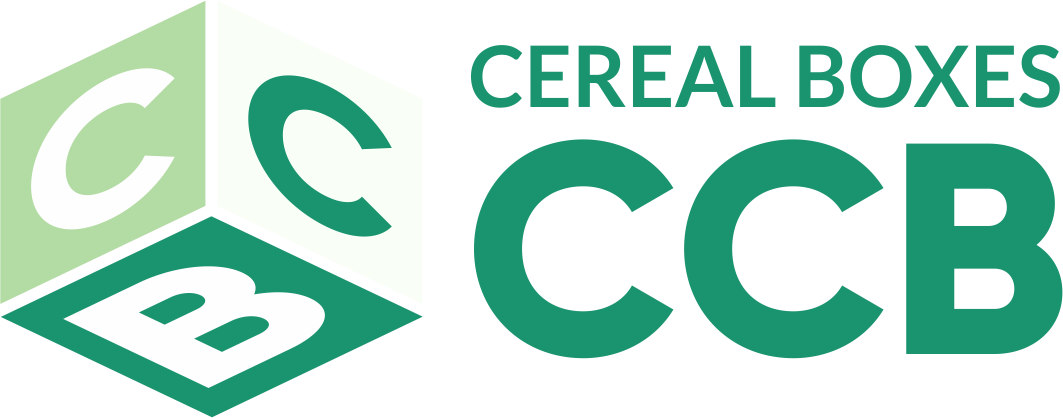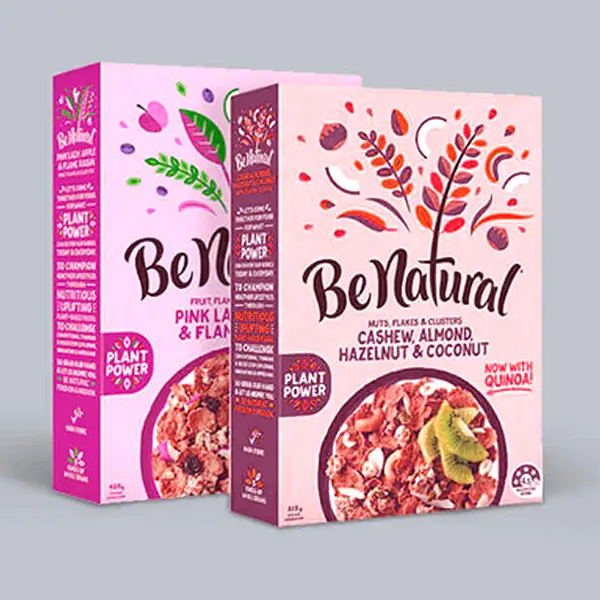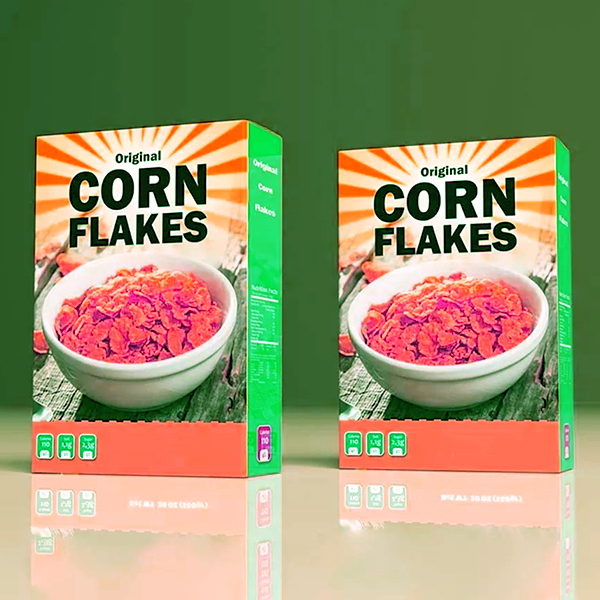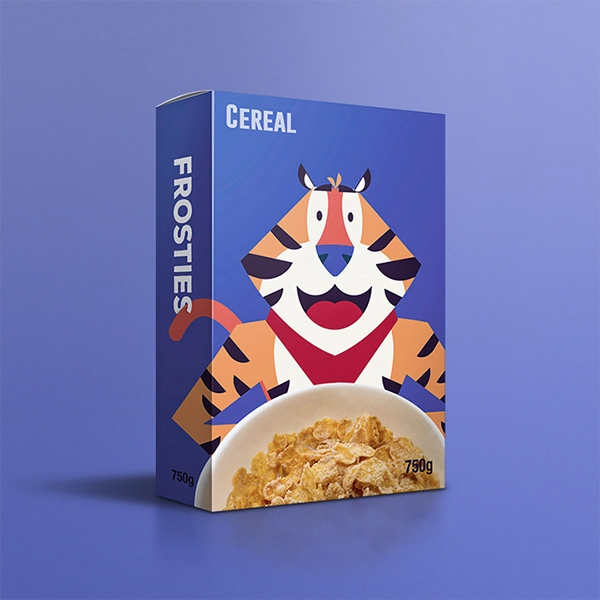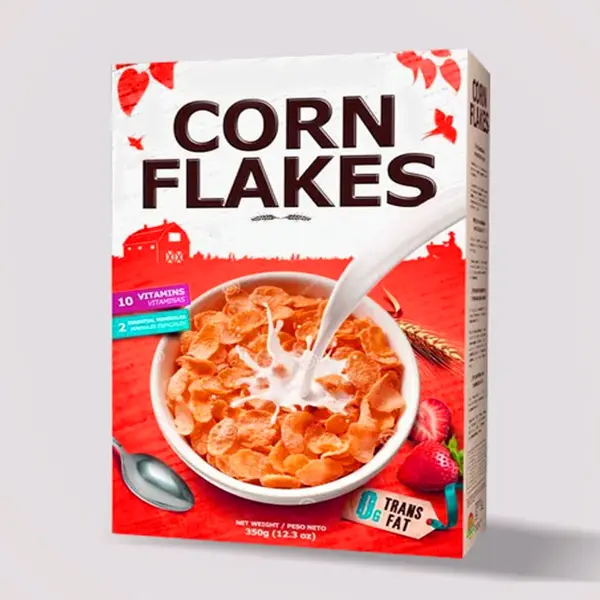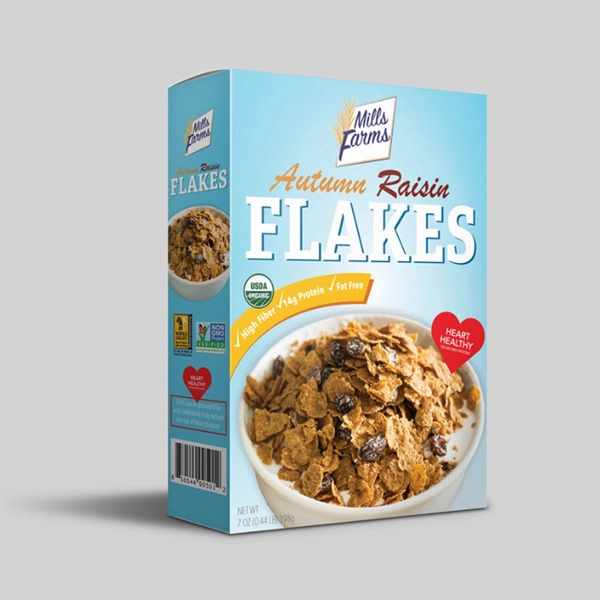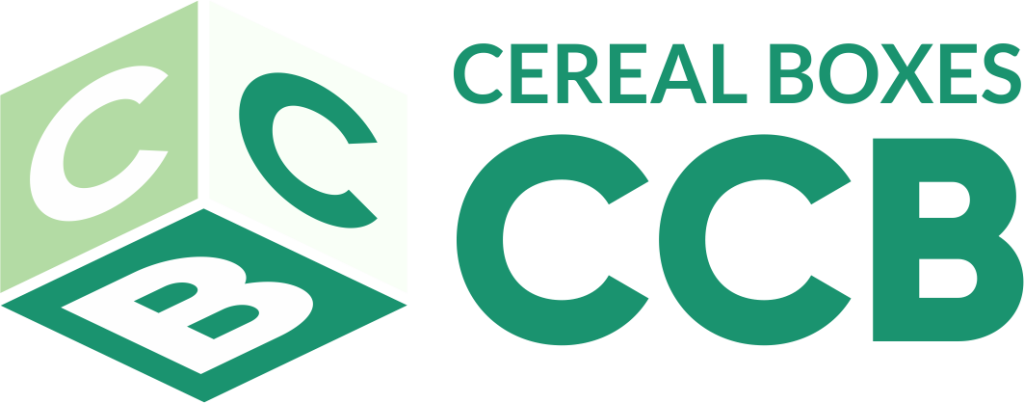Are Cereal Boxes Recyclable? Unveiling the Eco-Friendly Truth

In today’s environmentally conscious world, recycling has become a pivotal aspect of waste management and sustainability efforts. As we strive to reduce our carbon footprint, questions about the recyclability of everyday products, such as cereal boxes, have become increasingly important. In this article, we will explore the recyclability of cereal boxes, the materials used in their production, and how consumers can make eco-friendly choices to protect our planet.
Understanding Cereal Box Composition
Cereal boxes are typically made from paperboard, also known as cardboard. Paperboard is a versatile and lightweight material that is perfect for packaging. It is manufactured from wood pulp, sourced from trees like pine, spruce, or fir. The paperboard used in cereal boxes is specifically designed to preserve the freshness and quality of the cereal while showcasing attractive designs to entice consumers.
Is the Entire Cereal Box Recyclable?
Yes, the good news is that most cereal boxes are recyclable! However, not all parts of the box can be recycled as a whole. A standard cereal box consists of three main components: the outer box, the inner bag, and any additional embellishments or coatings.
1. Outer Box:
The outer box is the main packaging that features the brand logo, cereal images, and other information. It is usually printed with inks or dyes. The outer box is fully recyclable, as it is made from paperboard.
2. Inner Bag:
Inside the outer box, you’ll find the inner bag that directly holds the cereal. This bag is typically made from a thin layer of plastic or a combination of plastic and foil to maintain the freshness of the cereal. Unfortunately, not all recycling facilities can process these multi-layered bags efficiently, making them less likely to be recyclable in some areas.
3. Coatings and Embellishments:
Some cereal boxes may have coatings, such as glossy or metallic finishes, to enhance their appearance. While these coatings may add to the visual appeal, they can make recycling more challenging. It’s essential to check with your local recycling guidelines to determine if coated boxes are accepted in your recycling program.
Tips for Recycling Cereal Boxes Responsibly
1. Remove the Inner Bag:
Before recycling the cereal box, remove the inner bag and discard it in your regular trash. Consider reusing the inner bag for storing other food items or household goods to reduce waste.
2. Flatten the Box:
Flatten the cereal box to save space in your recycling bin and ensure it is easier to process at the recycling facility.
3. Check Local Recycling Guidelines:
Not all recycling programs accept every type of packaging material. Familiarize yourself with your local recycling guidelines to understand what can and cannot be recycled in your area.
4. Look for Recycling Symbols:
Many cereal boxes display recycling symbols that indicate whether they are recyclable and the type of material used. A chasing arrows symbol usually means it is recyclable, while a crossed-out recycling symbol indicates non-recyclable materials.
Conclusion
In conclusion, most cereal boxes are recyclable, with the outer box made from recyclable paperboard. However, the inner bag and any coatings or embellishments may present challenges in the recycling process, depending on your local recycling program. To promote sustainability, it is essential to be informed about your recycling options and make conscious choices to reduce waste and support eco-friendly practices. By recycling responsibly, we can all contribute to preserving the environment for future generations and make a positive impact on our planet’s well-being.

Denial
He is a creative and innovative entrepreneur with a passion for delivering personalized and eye-catching packaging solutions. With a keen eye for design and a dedication to customer satisfaction, they have built a thriving business that caters to unique branding needs.
Related Post
In today’s environmentally conscious world, recycling has become a pivotal aspect of waste management and sustainability efforts….
July 19, 2023
Cereal boxes have become a ubiquitous sight in households around the world, occupying the shelves of pantries and ….
July 19, 2023
In the competitive world of breakfast cereals, having a distinctive edge is vital for businesses to thrive. One powerful tool that can set ….
